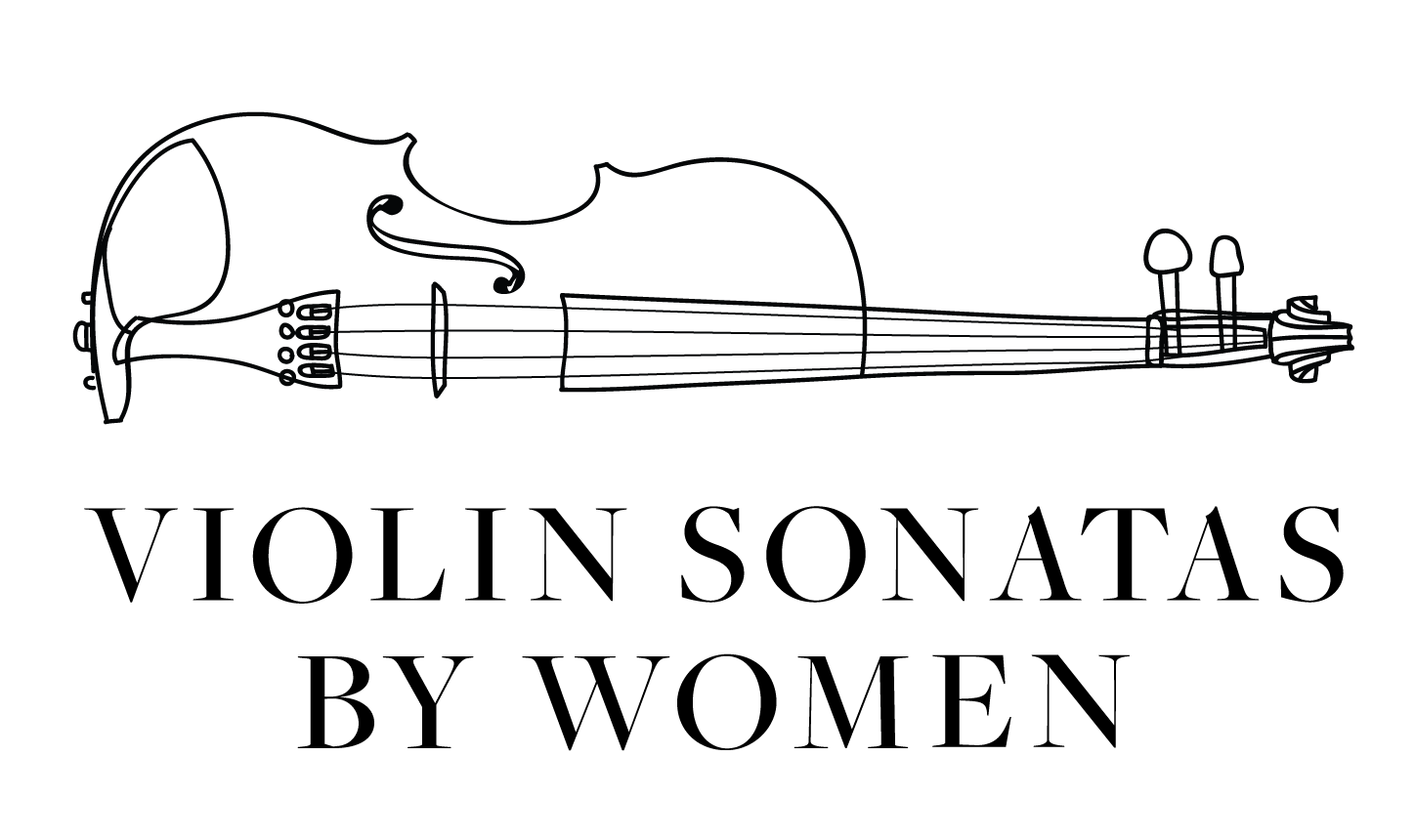Dora Pejačević
Croatian Composer
Born: 1885 (Budapest, Hungary)
Died: 1923 (Munich, Germany)
BIOGRAPHY
Countess Maria Theodora Paulina Pejačević (also known as Dora) came from a royal family. Her mother, a Hungarian Countess, played the piano very well and taught Pejačević during her formative years. When Pejačević was twelve years old, she discovered her passion for composing and began teaching herself. Her parents reluctantly agreed to send her to study music composition in Germany with Dragutin Kaiser, Walter Courvoisier and Percy Sherwood. Pejačević’s works gained much recognition, especially in Germany.¹
Pejačević’s early compositions consisted of short piano pieces, works for voice and chamber music. When she was 28 years old, Pejačević became the first Croatian composer to write a concerto. Her works demonstrated both lyricism and technicality. “Her late Romantic idiom, enriched with Impressionist harmonies and lush orchestral colors, evolved as she strove to break free from drawing-room mannerisms and conventions.”²
Pejačević’s parents considered her rebellious, due to her desire to participate in the world beyond her noble status. She volunteered as a nurse during WWI to treat wounded soldiers arriving in her village, but continued to write music. Pejačević believed in the value of hard work, and once said, “I simply cannot understand how people can live without work - and how many of them do, especially in the higher aristocracy.”³
Pejačević completed 106 works. Most of her compositions are held at the Croatian Music Institute, but have not yet been published.⁴
Pejačević died from kidney failure in 1922 when she was 38 years old, just one month after her son’s birth. Her last wish was that she would not be buried in the family crypt, and that her gravestone would simply say the words, “Dora, Rest Now.” Pejačević’s works were somewhat forgotten after her death but have recently gained more recognition. ⁵
Violin Sonata in D Major, Op. 26 (1909) “Spring Sonata”
SONATA INFORMATION
Pejačević wrote two sonatas for violin and piano. Her first sonata is known as the Frühlings-Sonate, or Spring Sonata, and sounds very similar to the opening of Franck’s violin sonata.
I. Allegro (~9 min)
II. Andante con moto (~6 min)
III. Allegro molto (~6 min)
“The free-flowing outlines of that opening theme in the violin, with its fluid and unexpected harmonic turns in the piano have much in common with the French composer’s (Franck) A-Major Violin Sonata of 1876.”⁶
SCORES
1. Manuscript Location: Unknown
2. First edition: IMSLP
3. Edition Butorac: SheetMusicPlus, AllSheetMusic
RECORDINGS
1. Andrej Bielow and Oliver Triendl: Naxos, Amazon, ArkivMusic, Worldcat, Spotify
Slavic Sonata for Violin and Piano, Op. 43 (1917)
SONATA INFORMATION
This piece was dedicated to Croatian violinist Zlatko Baloković and contains Hungarian rhythms and folk melodies.
I. Allegro con anima (~6 min)
II. Adagio (~6 min)
III. Allegro molto vivace (~5 min)
Sources
Blevins, Pamela. “An Introduction to Croatian Composer Dora Pejačević.” http://www.maudpowell.org/signature/Portals/0/pdfs/New%20Articles/Dora%20Pejacevic%20for%20Signature.pdf.
Kos, Koraljka. "Pejačević [Pejacsevich], Dora." Grove Music Online. 2001. https://www.oxfordmusiconline.com.ezproxy1.lib.asu.edu/grovemusic/view/10.1093/gmo/9781561592630.001.0001/omo-9781561592630-e-0000044994.
Blevins, “An Introduction to Croatian Composer Dora Pejačević.”
Kos, "Pejačević [Pejacsevich], Dora."
Blevins, “An Introduction to Croatian Composer Dora Pejačević.”
Dubins, Jerry. “Dora Pejačević - Violin Sonatas.” Andrej Bielow and Oliver Triendl. 2018. https://classicalmjourney.blogspot.com/2018/11/dora-pejacevic-violin-sonatas-andrej.html.

